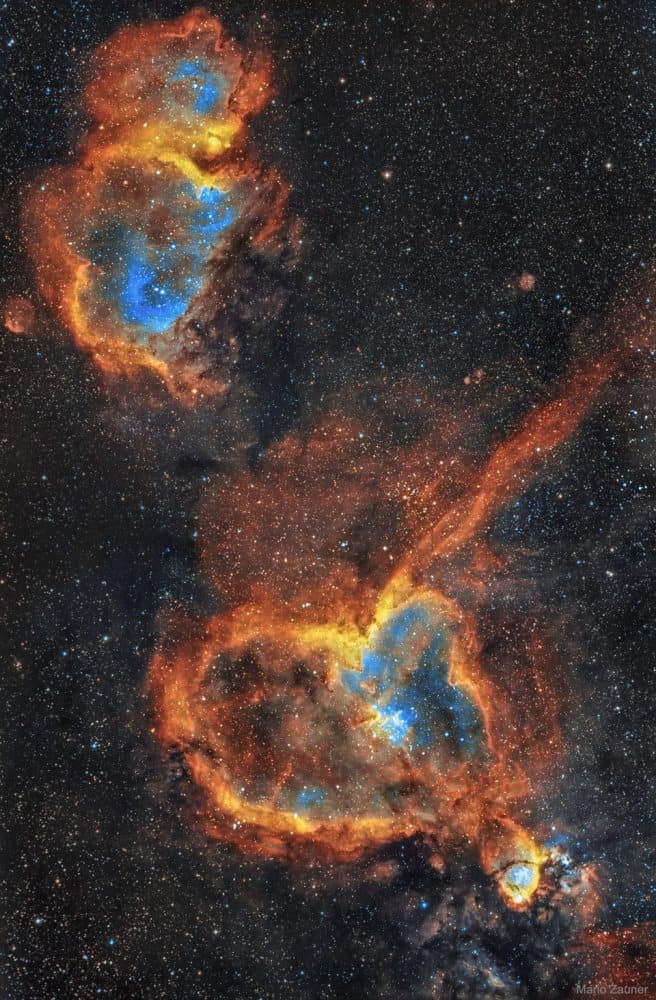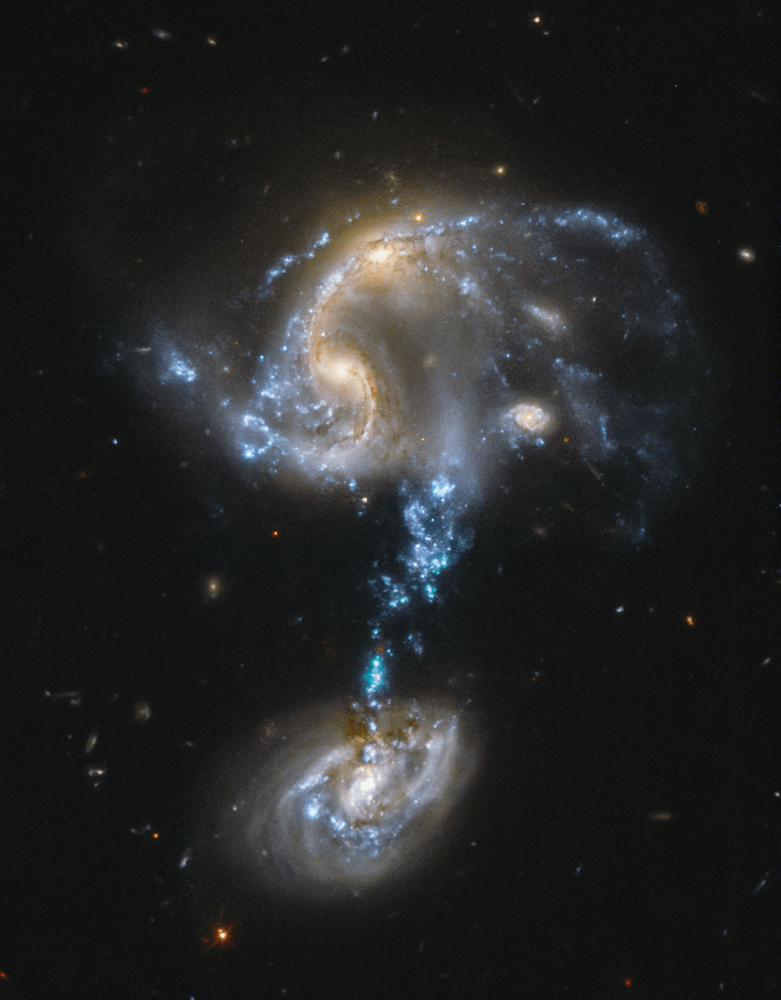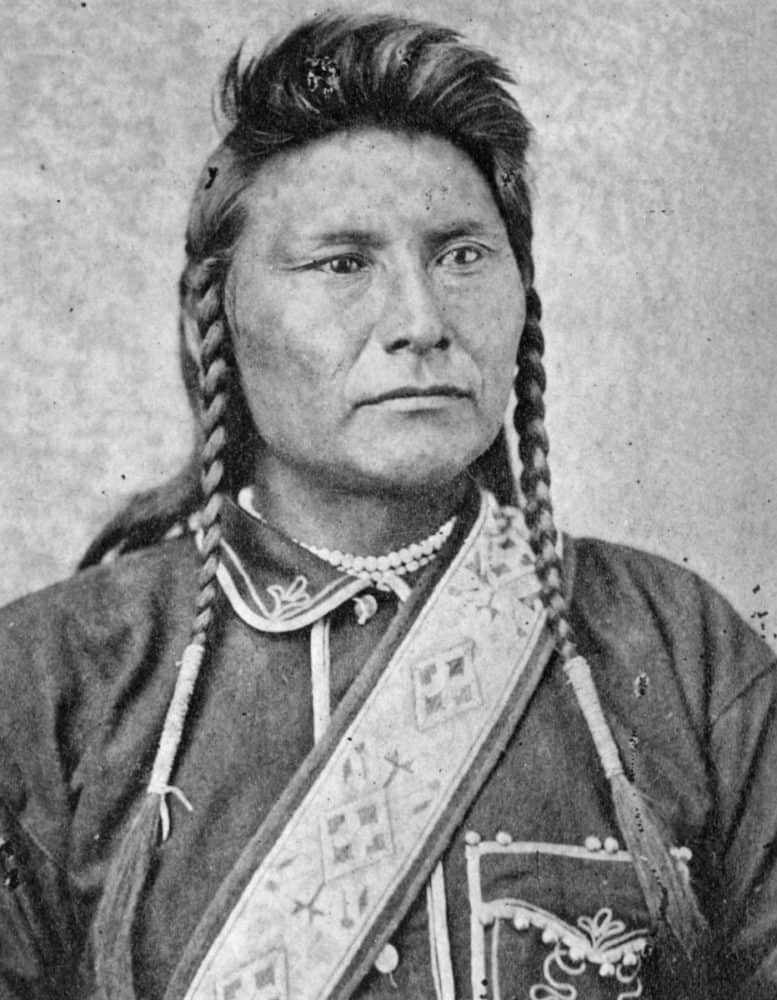Blog
Helen Folasade Adu, CBE (Yoruba: Fọláṣadé Adú [fɔ̄láʃādé ādú]; born 16 January 1959), known professionally as Sade Adu or simply Sade (/ʃɑːˈdeɪ/ shah-DAY), is a British Nigerian singer, songwriter, and actress.
Born in Ibadan, Nigeria and brought up in Essex, England, Sade gained modest recognition as a fashion designer and part-time model, prior to joining the band Pride in the early 1980s. After gaining attention as a performer, she formed the band Sade, and secured a recording contract with Epic Records in 1983. The band then released the album Diamond Life a year later, which became one of the best selling albums of the era, and the best-selling debut ever by a British female vocalist. It also gained widespread critical acclaim and is largely considered one of the best albums of all-time.
Soon after, they released Promise (1985), which was also a resounding critical and commercial success, topping the UK Albums Chart and becoming the band’s first album to debut atop the Billboard 200. It later earned quadruple platinum certification in the U.S., and reached platinum across Europe. It also earned the group the Grammy Award for Best New Artist in 1986. Their following two releases, 1988’s Stronger Than Pride and 1992’s Love Deluxe, were also critically and commercially successful; however, the band would go on hiatus after the birth of Sade’s child, the singer would experience widespread media coverage during the period for unsubstantiated claims of mental health and addiction issues.
After a spell of eight years without an album, which came after Sade appeared in the film Absolute Beginners (1986), the band reunited in 1999, and released Lovers Rock in 2000. The album departed from the jazz-inspired inflections of their previous work, featuring more mellow sounds and pop compositions, and was critically praised, earning the group the Grammy Award for Best Pop Vocal Album. The band would then undergo another term of hiatus, not producing music for another ten years until the release of Soldier of Love. The album was another commercial success, although critical reception remained divided, but won the group the Grammy Award for Best R&B Performance by a Duo or Group with Vocals. Following the album’s release, the band entered a third period of hiatus, and have only released one new song (2018’s “Flower of the Universe” for the soundtrack of Disney’s A Wrinkle in Time) to date.
Sade is widely considered a musical influence, and her contributions to music have made her a global figure in popular culture for over two decades. She has been credited as one of the most successful British female artists in history, and her work is listed among the finest in modern jazz history. Her services to music were also commemorated after being awarded the Officer of the Order of the British Empire chivalry honour in 2002.
more...Aldo Romano (born 16 January 1941 in Belluno, Italy) is a jazz drummer. He also founded a rock group in 1971.
Lester “Mad Dog” Davenport (January 16, 1932 – March 17, 2009), was an American Chicago blues harmonica player and singer.
Born in Tchula, Mississippi, Davenport moved to Chicago, Illinois, when he was 14. There he played with Arthur Spires, Snooky Pryor, and Homesick James and then worked with Bo Diddley, with whom he played harmonica on a 1955 Chess Records session. He led his own group in the 1960s while working during the day as a paint sprayer. In the 1980s he was the harmonica player for the Indiana group the Kinsey Report.
In July 1994, Wolf Records released the album Chicago Blues Session, Vol. 11, by Maxwell Street Jimmy Davis, recorded in 1988 and 1989. The collection included Davenport on harmonica and Kansas City Red playing the drums.
Davenport released his first album under his own name in 1992 and recorded a follow-up, I Smell a Rat, in 2002.
Davenport died in March 2009 in Chicago, from prostate cancer, at the age of 77.
more...Anxo Lorenzo has managed to fuse the unadulterated natural sound of the gaita (Galician bagpipes) with a wide variety of alternative music styles
more...The Heart Nebula, officially dubbed IC 1805and visible in the featured image on the bottom right, has a shape reminiscent of a classical heart symbol. The Soul Nebula is officially designated IC 1871 and is visible on the upper left. Both nebulas shine brightly in the red light of energized hydrogen. Also shown in this three-color montage is light emitted from sulfur, shown in yellow, and oxygen, shown in blue. Several young open clusters of stars are visible near the nebula centers. Light takes about 6,000 years to reach us from these nebulas, which together span roughly 300 light years. Studies of stars and clusters like those found in the Heart and Soul Nebulas have focused on how massive starsform and how they affect their environment.
more...Don Van Vliet (/væn
Van Vliet developed an eclectic musical taste during his teen years in Lancaster, California, and formed “a mutually useful but volatile” friendship with Zappa. He began performing with his Captain Beefheart persona in 1964 and joined the original Magic Band line-up, initiated by Alexis Snouffer, the same year. The group released their debut album Safe as Milk in 1967 on Buddah Records. After being dropped by two consecutive record labels they signed to Zappa’s Straight Records, where they released 1969’s Trout Mask Replica; an album variously described as “unlistenable”, “a joke”, and a “masterpiece”, that would later rank 58th in Rolling Stone magazine’s 2003 list of the 500 greatest albums of all time. In 1974, frustrated by lack of commercial success, he pursued a more conventional rock sound, but the ensuing albums were critically panned; this move, combined with not having been paid for a European tour, and years of enduring Beefheart’s abusive behavior, led the entire band to quit. Beefheart eventually formed a new Magic Band with a group of younger musicians and regained critical approval through three final albums: Shiny Beast (1978), Doc at the Radar Station (1980) and Ice Cream for Crow (1982).
Widely regarded as unusual and interesting, critics have had difficulty in pinning down Beefheart’s musical style; he has been described as “one of modern music’s true innovators”, though most see his music as a quirky and idiosyncratic variation of blues music which, while not achieving mainstream commercial success, attracted a cult following and was an influence on new wave, punk, and experimental rock artists.
more...Earl Zebedee Hooker (January 15, 1930 – April 21, 1970) was a Chicago blues guitarist known for his slide guitar playing. Considered a “musician’s musician”, he performed with blues artists such as Sonny Boy Williamson II, Junior Wells, and John Lee Hooker and fronted his own bands. An early player of the electric guitar, Hooker was influenced by the modern urban styles of T-Bone Walker and Robert Nighthawk. He recorded several singles and albums as a bandleader and with other well-known artists. His “Blue Guitar”, a slide guitar instrumental single, was popular in the Chicago area and was later overdubbed with vocals by Muddy Waters as “You Shook Me“.
In the late 1960s, Hooker began performing on the college and concert circuit and had several recording contracts. Just as his career was on an upswing, he died in 1970, at age 40, after a lifelong struggle with tuberculosis. His guitar playing has been acknowledged by many of his peers, including B.B. King, who commented, “to me he is the best of modern guitarists. Period. With the slide he was the best. It was nobody else like him, he was just one of a kind”.
Eugene Bertram Krupa (January 15, 1909 – October 16, 1973) was an American jazz drummer, band leader, actor, and composer known for his energetic style and showmanship. His drum solo on “Sing, Sing, Sing” (1937) elevated the role of the drummer as a frequently used solo voice in the band.
He is also known for defining the standard drum kit used today in collaboration with brands Slingerland and Zildjian. Krupa is considered “the founding father of the modern drumset” by Modern Drummer magazine.
The youngest of Anna (née Oslowski) and Bartłomiej Krupa’s nine children, Gene Krupa was born in Chicago. Bartłomiej was an immigrant from Poland. Anna was born in Shamokin, Pennsylvania and was also of Polish descent. His parents were Roman Catholics who groomed him for the priesthood. He spent his grammar school days at parochial schools. After graduation he attended Saint Joseph’s College for a year but decided the priesthood was not his vocation.
Krupa studied with Sanford A. Moeller and began playing drums professionally in the mid-1920s with bands in Wisconsin. In 1927 he was hired by MCA to become a member of Thelma Terryand Her Playboys, the first notable American jazz band—all-girl bands excepted—to be led by a female musician.[citation needed] The Playboys were the house band at The Golden Pumpkin nightclub in Chicago and toured throughout the eastern and central United States.
Krupa made his first recordings in 1927 with a band under the leadership of Red McKenzie and guitarist Eddie Condon. Along with other recordings by musicians from the Chicago jazz scene, such as Bix Beiderbecke, these recordings are examples of Chicago style jazz. Krupa’s influences during this time included Father Ildefonse Rapp and Roy Knapp (both teachers of Gene), and drummers Tubby Hall, Zutty Singleton and Baby Dodds. Press rolls were a fairly common technique in the early stages of his development. There were many other drummers (Ray Bauduc, Chick Webb, George Wettling, Dave Tough) who influenced his approach to drumming and other instrumentalists and composers such as Frederick Delius who influenced his approach to music.
more...UGC 6945 (also known as Arp 194) is a trio of interacting galaxies. The highly disrupted galaxy to the northwest is actually two galaxies in the advanced stages of merger, and has an angular size of 0′.8 × 0′.6. About 40″ to the southeast is a third galaxy with an angular size of 0′.35 × 0′.35.
Based upon a radial velocity of about 10,500 km s−1, the interacting pair of galaxies at the northwest are located at a distance of 175 Mpc (570 Mly) from us (assuming a Hubble constantvalue of 60 km s−1 Mpc−1). If we further assume that the third galaxy lies at the same distance away from us, we find that the galaxies are separated by a projected linear distance of roughly 34 Kpc (110 Kly), though later findings from Hubble may cast this assumption into doubt (see below)
As the pair of galaxies in the north gravitationally interact with each other, tidally-stripped gas from both galaxies is draped over the southern galaxy as a series of blobs, which are fueling a burst of star formation. While it has long been believed to be interacting with the northern galaxy, images from the Hubble Space Telescope clearly show that this stream of material is actually superimposed on the southern galaxy. This suggests that this third galaxy may actually lie in the background. Due to this uncertainty, the third galaxy may not be involved in the interaction.
more...Allen Toussaint (/ˈtuːsɑːnt/; January 14, 1938 – November 10, 2015) was an American musician, songwriter, arranger and record producer, who was an influential figure in New Orleans R&Bfrom the 1950s to the end of the century, described as “one of popular music’s great backroom figures.” Many musicians recorded Toussaint’s compositions, including “Java“, “Mother-in-Law“, “I Like It Like That“, “Fortune Teller“, “Ride Your Pony“, “Get Out of My Life Woman“, “Working in the Coal Mine“, “Everything I Do Gonna Be Funky”, “Here Come the Girls“, “Yes We Can Can“, “Play Something Sweet“, and “Southern Nights“. He was a producer for hundreds of recordings, among the best known of which are “Right Place, Wrong Time”, by his longtime friend Dr. John (“Mac” Rebennack), and “Lady Marmalade“, by Labelle.
The youngest of three children, Toussaint was born in 1938 in New Orleans and grew up in a shotgun house in the Gert Town neighborhood, where his mother, Naomi Neville (whose name he later adopted pseudonymously for some of his works), welcomed and fed all manner of musicians as they practiced and recorded with her son. His father, Clarence, worked on the railway and played trumpet. Allen Toussaint learned piano as a child and took informal music lessons from an elderly neighbor, Ernest Pinn. In his teens he played in a band, the Flamingos, with the guitarist Snooks Eaglin, before dropping out of school. A significant early influence on Toussaint was the syncopated “second-line” piano style of Professor Longhair.
After a lucky break at age 17, in which he stood in for Huey “Piano” Smith at a performance with Earl King‘s band in Prichard, Alabama, Toussaint was introduced to a group of local musicians led by Dave Bartholomew, who performed regularly at the Dew Drop Inn, a nightclub on Lasalle Street in Uptown New Orleans. His first recording was in 1957 as a stand-in for Fats Domino on Domino’s record “I Want You to Know“, on which Toussaint played piano and Domino overdubbed his vocals. His first success as a producer also came in 1957 with Lee Allen’s “Walking with Mr. Lee”. He began performing regularly in Bartholomew’s band, and he recorded with Fats Domino, Smiley Lewis, Lee Allen and other leading New Orleans performers.
more...Kenneth Vincent John Wheeler, OC (14 January 1930 – 18 September 2014) was a Canadian composer and trumpet and flugelhorn player, based in the U.K. from the 1950s onwards.
Most of his performances were rooted in jazz, but he was also active in free improvisation and occasionally contributed to rock music recordings. Wheeler wrote over one hundred compositions and was a skilled arranger for small groups and large ensembles.
Wheeler was the patron of the Royal Academy Junior Jazz course.
Wheeler was born in Toronto, Ontario, on 14 January 1930. Growing up in Toronto, he began playing cornet at age 12, and became interested in jazz in his mid-teens. Wheeler spent a year studying composition at The Royal Conservatory of Music in 1950. In 1952 he moved to Britain. He found his way into the London jazz scene of the time, playing in groups led by Tommy Whittle, Tubby Hayes, and Ronnie Scott.
more...Grady Bernard Tate (January 14, 1932 – October 8, 2017) was an American jazz and soul-jazz drummer and baritone vocalist. In addition to his work as sideman, Tate released many albums as leader lent his voice to songs in the animated Schoolhouse Rock! series.
Tate was born in Hayti, Durham, North Carolina. In 1963 he moved to New York City, where he became the drummer in Quincy Jones‘s band.
Grady Tate’s drumming helped to define a particular hard bop, soul jazz and organ trio sound during the mid-1960s and beyond. His slick, layered and intense sound is instantly recognizable for its understated style in which he integrates his trademark subtle nuances with sharp, crisp “on top of the beat” timing (in comparison to playing slightly before, or slightly after the beat). The Grady Tate sound can be heard prominently on many of the classic Jimmy Smith and Wes Montgomery albums recorded on the Verve label in the 1960s.
During the 1970s he was a member of the New York Jazz Quartet. In 1981 he played drums and percussion for Simon and Garfunkel’s Concert in Central Park.
As a sideman he has played with musicians including Jimmy Smith, Astrud Gilberto, Ella Fitzgerald, Duke Ellington, Count Basie, Rahsaan Roland Kirk, Quincy Jones, Stan Getz, Wes Montgomery, and Michel Legrand.
more...The year 1994 saw the founding of the group Alboka by three well-known Spanish Basque musicians and one Irishman. Aside from their personal musical projects, these four different personalities, Txomin Artola (guitar), Josean Martin Zarko (mandolin, bouzouki), Joxan Goikoetxea (accordion, synths) and Alan Griffin (alboka, bagpipes, flute), decided to set up a group that would compile and perform acoustic instrumental traditional music.
more...https://www.youtube.com/watch?v=TwiNW54bhRc
more...“Let me be a free man, free to travel, free to stop, free to work, free to trade where I choose, free to choose my own teachers, free to follow the religion of my fathers, free to talk, think and act for myself — and I will obey every law or submit to the penalty.” Chief Joseph of the Nez Perce.
more...More Posts
- World Music Abdallah Oumbadougou
- Daily Roots Tommy McCook
- Crying Souls
- Echos of Freedom with Malcom X
- Cosmos M77
- Big Eye Louis Nelson
- King Tubby
- Ronnie Scott
- World Music Diba
- Daily Roots Glen Brown
- International Holocaust Remembrance Day 2024
- Cosmos vdB 42
- Bobby Hutcherson
- Elmore James
- Hot Lips Page
- Wolfgang Amadeus Mozart
- World Music Yamma Ensemble
- Daily Roots Tommy McCook
- Cabaret the Musical Opening February 2nd 2024
- Cosmos Barnard 33 & NGC 2024




